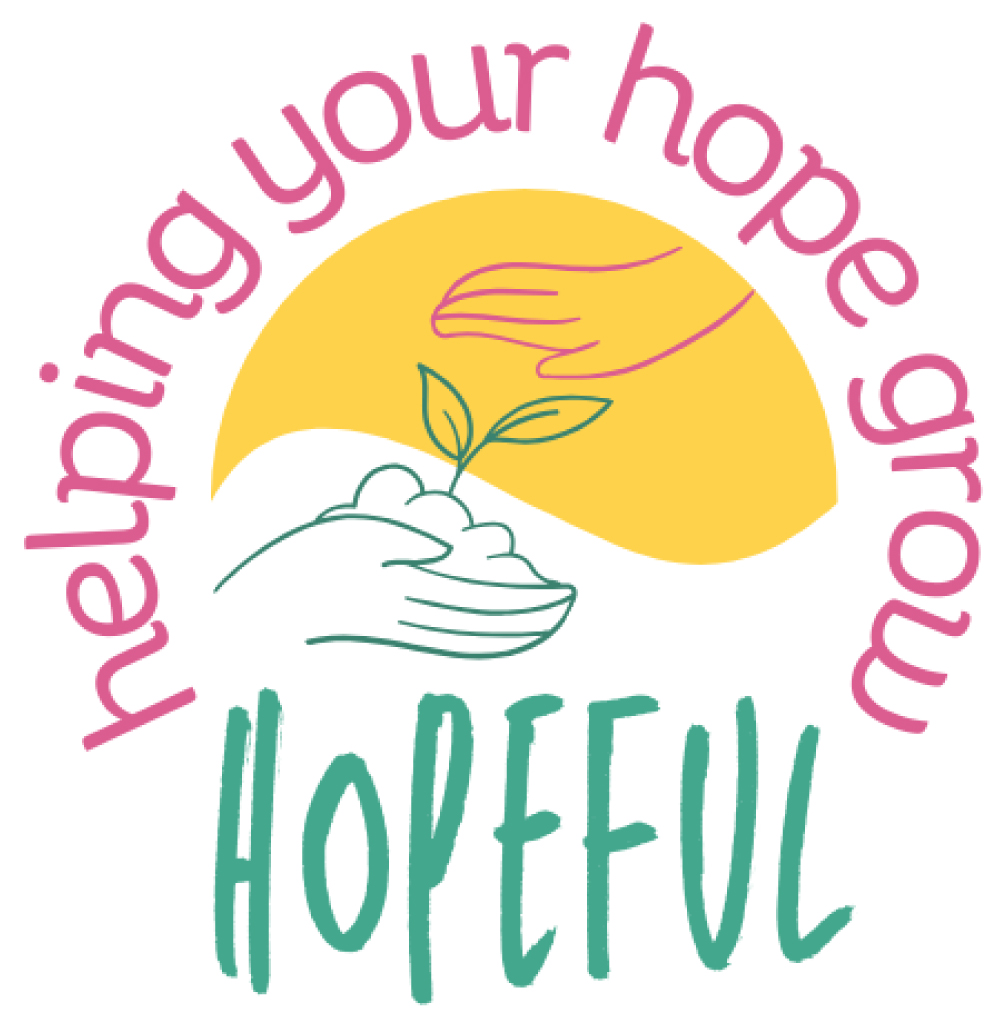Meaningful activity
|
Meaningful activity means doing something that feels personally relevant that is linked to goals, character strengths and values. Increasing the time we spend in meaningful activity helps to boost joy, purpose, health and wellbeing. |
Character strengths
|
Character strengths are qualities people can have that are seen as valuable, for example, things like kindness, bravery, fairness, gratitude, and creativity. These things do not need to achieve something positive to be considered good. Character strengths are an important part of feeling authentic and engaged in life. Everyone possesses all the known character strengths to some extent, but will have some particular key strengths, which are especially important in boosting health and fulfilment. |
Values
|
Values are guiding directions, they tell us what we want to be be in the future and what we want our lives to be about. We can’t ever complete or finish our values. Valued directions are when we identify what it would look like to live a life in line with particular values. Spending time thinking about our values helps us identify goals. Living more in line with our values helps us to experience purpose and fulfilment. |
Goals
|
Goals are specific things we want to reach or obtain. Goals are closely linked to values, but they are a little bit different because we actually can reach them. Goals are easier to achieve if they are positively-framed, specific, and measurable. |
Hope network
|
A hope network is the relationships we have with groups and individuals and the extent to which these relationships help us to be more hopeful. Other people can help enhance our hope through supporting us in general, and by specific actions like encouraging us and believing in us. |
Active listening
|
Active listening is really listening to understand what a speaker is saying. It includes attending to what is being said, showing interest, asking questions, and reflecting back what the speaker is saying to check understanding. |
Empathy
|
Empathy is about walking alongside someone else. It means connecting with what they are experiencing. It involves understanding the other person’s perspective, accepting their perspective and considering it to be valid even if you would feel differently, and connecting with the emotions the other person is experiencing and responding with your own emotions. |
Peaceful communication
|
Peaceful communication is about communicating without defensive or aggressiveness. It assumes that we all share the same basic needs. It involves responding to the behaviour of others without judgement, identifying and feeling our own emotions, identifying our needs, and asking for what we would like from others to help meet our needs. |
Managing boundaries
|
Boundaries are about identifying and communicating how you do and do not want to be treated by other people. They reflect the limitations we need to feel safe, secure, and respected. Managing boundaries means taking responsibility for identifying these limitations and communicating them clearly to other people. |
